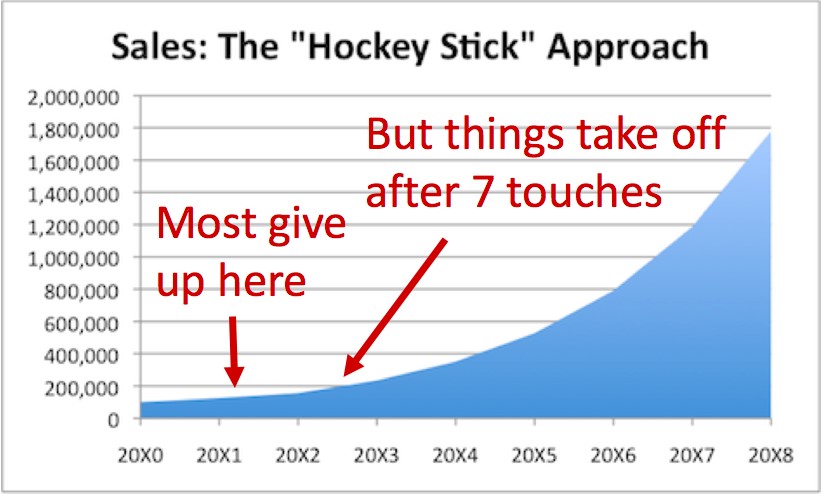Welcome to Part 2 in our multi-part series on how to maximize your direct mail revenue. (If you missed Part 1 on planning and investment, read it here).
Let’s face it, the average consumer is so inundated with advertising messages – from junk mail to billboards – that trying to stand out is a herculean feat.
But the trick to being found and making sales isn’t being louder or pushier – it’s being smarter. Your postcards need to speak directly to your reader, and with these persuasion tips, you’ll master the art of the postcard sale.
3. Design
The design of your direct marketing postcards requires more than a pretty picture and eye-catching logo (although those are important). It takes an understanding of your customer and how they pick up and use your postcard.
For example, what are the demographics of the people who read the mail? What kind of lighting do they read it in? Which hand do they hold the mail in? Where is the focal point of the card, and therefore where should you place your most important details?
Once you have a better understanding of the way people open and look at their mail, you can design accordingly and create visually stimulating postcards.
You can use color and font variations to draw the eyes around your card. You can use the yes-ladder method to get people to agree to several statements on your postcard before showing them a call to action (CTA). And you can use psychographics and knowledge about how your customers speak to tailor your language to them.
Do this, and you’ll have a piece of postal excellence that really gets its message across.
4. Test
Now, it’s highly unlikely that you’ll come up with the best design on the first try. Don’t sweat it, and don’t let “perfect” be the enemy of “finished.” Get it out there and test.
You can use A/B testing which is when two similar marketing campaigns are launched simultaneously with one or two slight differences to see which works best. It’s like scientific trial and error, and is how the most successful marketing organizations on Earth operate.
It’s only by looking at this data that you’ll know that you’re having a positive impact.
Here are some elements that you can A/B test:
- The Offer: What works best, a two-for-one deal or 30% off? Free initiation fee or free month of training? You’ll never know until you A/B test!
- The Audience: Hopefully you have some idea who your ideal customer is at this point, but you may be surprised about who is really most receptive to your mailers.
- The Images: Try using a variety of images on your cards to see what captures their attention.
- The Timing: What time of year do consumers respond best to discounts? What weather conditions will get them to shop? Trying your mailers in different months could reveal unique buying habits of your market.
5. Adjust
Finally, after all your designing and testing, you’ll want to take your results and adjust your campaigns accordingly. By incorporating each of your testing successes into your long-term marketing strategy, you’ll be able to craft compelling, effective, and specific offers that speak directly to your prospects.
It’s good practice to continue designing, testing and adjusting throughout the life of your company—markets change constantly, and you’ll have to keep up if you want to win. The more you perfect your system, the more seamless and compelling your postcards become.
Ready to test? Log into our web-to-print platform right now!
And look out for Part 3 in this series, coming soon.









